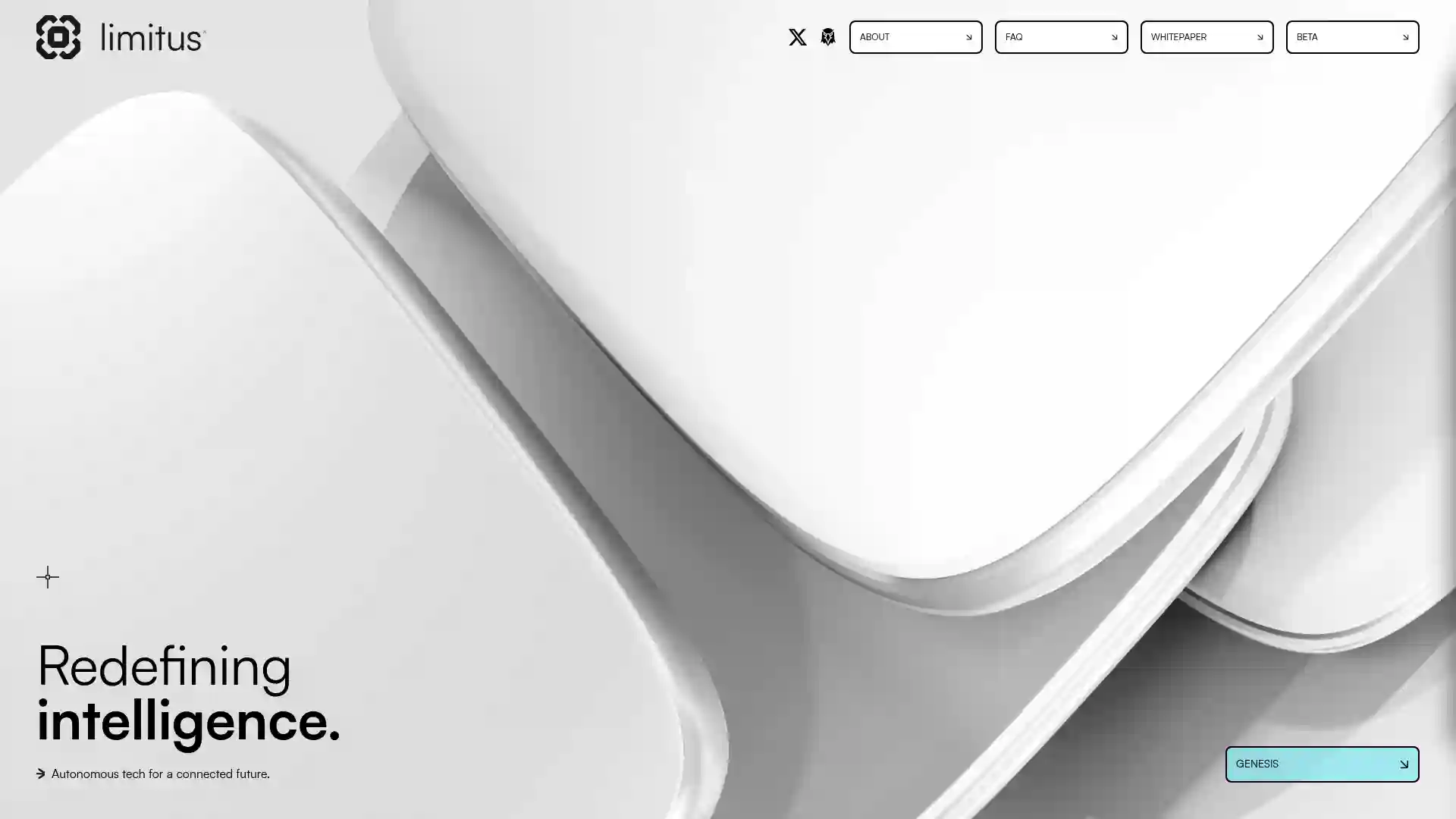LIMITUS (LMT)
LIMITUS is a platform designed to revolutionize digital experiences by integrating and enhancing both Web3 and Web2 technologies. It serves as a comprehensive solution for traders, professionals, and individuals looking to streamline their digital activities through automation. With its focus on providing a consumer-first experience, LIMITUS aims to simplify and unify various processes, making it easier for users to manage everything from DeFi portfolios to daily email scheduling.
The vision of LIMITUS
LIMITUS is built on the vision of creating a seamless interface that bridges the gap between the decentralized finance (DeFi) world and traditional web technologies. By doing so, it empowers users to turn fragmented digital processes into cohesive and efficient workflows. This vision is encapsulated in LIMITUS's mission to provide an all-in-one platform that can handle diverse tasks and operations, from optimizing multi-chain trading strategies to automating mundane personal tasks.

| Ticker | LMT |
| Category | Artificial Intelligence (AI) |
| Website | https://www.limitus.ai/ |
| @limitusintel | |
| Contract Addresses | |
|---|---|
| solana | 86...mp Copied! Copied! |
Key features of LIMITUS
Unified digital experience
One of the standout features of LIMITUS is its ability to unify disparate digital experiences into a single, intuitive interface. This integration allows users to manage a wide range of activities without switching between multiple platforms or tools. Whether managing DeFi investments or scheduling daily tasks, LIMITUS offers a streamlined approach that enhances productivity and efficiency.
Advanced AI integration
LIMITUS leverages cutting-edge AI technologies such as Large Language Models (LLMs) and Retrieval-Augmented Generation (RAG) to analyze and act on real-time data. These tools enable the platform to continuously monitor market trends, wallet activities, and yield opportunities, providing users with actionable insights. The AI-driven functionalities ensure that LIMITUS can offer sophisticated analysis and execution capabilities that go beyond simple data aggregation.
Comprehensive DeFi solutions
In the realm of decentralized finance, LIMITUS addresses the challenges faced by traders due to scattered transaction histories and fragmented liquidity data. It consolidates these elements into a singular, actionable dashboard that synthesizes information into coherent strategies. This feature allows for efficient decision-making and seamless execution, thus enhancing the user's ability to make informed, timely trading decisions.
Automation of workflows
LIMITUS not only aggregates data but also automates complex decision-making processes. This automation feature is designed to streamline workflows, allowing users to execute insights effortlessly without manual intervention. By removing the need for repetitive tasks and manual data processing, LIMITUS enables faster and smarter decision-making, enhancing overall productivity.
